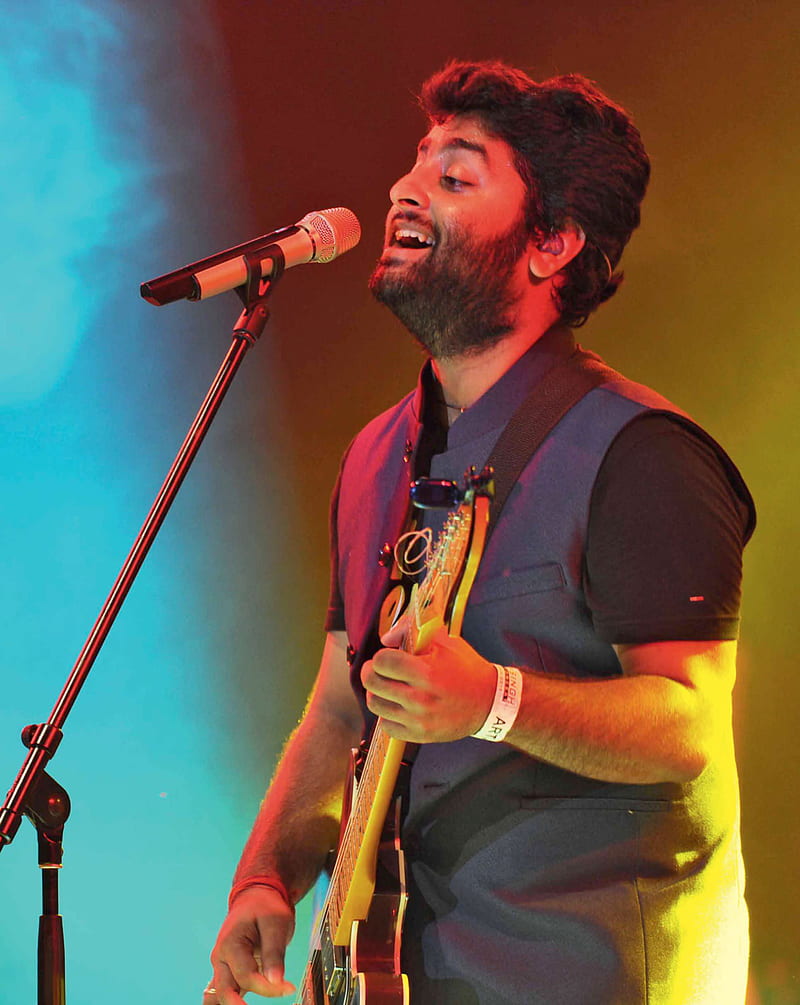My pictures have been displayed at various exhibitions including the ones at India Habitat Center and Alliance Francaise, New Delhi. My pictures have also been published in National Geographic, India Photo Art Magazine, Nikon India, 121clicks.
1. Tell us about your background and journey.
Born and raised in Nagpur, I am a science graduate with a degree in computer science followed by MBA and then a post-graduation diploma in International Trade. After studies I decided to enter the stock market, I managed an independent portfolio of shares and mutual funds alongside I imparted soft skills training to organizations and corporates.
I shifted to Delhi 8 years back and here I completed B2 level in French from Alliance Francaise de Delhi. I was actively involved in the stock market till 2013. Alongside I traveled. Visiting different countries, experiencing different cultures, meeting new people, learning new languages is something I liked and enjoyed doing. This is where the foundation of my photography journey was laid.
2. How and when did you realize your passion for photography?
I didn’t start photography very early in life, rather it came to me in the near past. It was an instinctive decision. My journey as a photographer started 6 years back. My interest in photography is the by-product of my love for traveling. Every time I traveled, I wished I could seize every moment that I experienced.
What better way than freezing it with a camera? I am a self-learned full-time photographer. I do travel and landscape photography as a hobby and portraits, kids, family, and lifestyle photography as a profession.
My pictures have been displayed at various exhibitions including the ones at India Habitat Center and Alliance Francaise, New Delhi. My pictures have also been published in National Geographic, India Photo Art Magazine, Nikon India, 121clicks.
3. What are some tips you would like to share with amateur photographers?
Here are two important tips for people entering this profession -
1. The camera only knows how to click, it does not know what to click, you have to tell the camera. Having said this, I am not denying the fact that technology does play a part, but that comes later.
So, this brings us to the question of which camera to buy at the entry-level? Buy the brand that gives you the best deal. All cameras are good, once you progress, once you choose your genre, once you are sure you want to take photography seriously then invest.
2. Please don’t measure your creativity by the number of likes on social media. We are all slaves of social media, we all count likes, we all like to be popular. Take the kick out of it and leave it there. Trust me you are far more talented than what the internet tells you. Moreover, there are more serious platforms where you can get an assessment of your photography skills.
4. What are the important skills one should have to be a successful photographer?
The first and most important is your vision, that is what exactly you choose to see from the viewfinder. If 5 different people are asked to click one single corner, all 5 pictures would be different. And this different vision or perception will take you a long way as a photographer.
When I talk about perception, I mean how you perceive something and how differently you can see it. For example, there are 50k pictures of Humayun’s Tomb on google, then how is your photograph different? Use it as a background for a beautiful story or click it from an angle that gives it a different perspective. That's how you click it differently and make your photo unique.
The second skill is the will to step out of your comfort zone. My teacher once told me, to be successful in life, once a day, do something that you have never done before. This is to train yourself to move out of your cocoon because photography is all about taking on new challenges.
I would like to quote an example of the most famous photographer of our time, Steve Mc Curry, and his famous picture - the Afghan girl. In 1985, Steve Mc curry traveled to the Afghan - Pak border at the time when Mujahideens had taken control of the country. He photographed this girl at one of the refugee camps.
This picture became the face of the Afghan war, it symbolized the plight of people there the horrors of war. Overnight, the picture became famous and so did he. I don’t say that everyone can be as lucky as Steve McCurry, but we all can step out of our comfort zone and try, try and be persistent about it.
Third and equally important is practice. As they say, practice makes a man perfect, practising will take you a long way. If you want to master portraits, your model can be your mom and your mobile phone can be used as the source of light.
The same goes for products. If you want to practice street photography, don’t leave your house without a camera. A moment can be captured anywhere, anytime. As far as travel photography is concerned, it is again all about stepping out of the comfort zone. Choose your genre and practice as much as you can.
5. What are various opportunities available for aspiring photographers?
If you want to take photography as a profession then there are many ways of generating income out of it. Wedding photography, photojournalism, fashion portfolio, and people, travel photography, mentorship, stock selling.
But the key is to upgrade yourself to the A1 level, anything less will have a lot of competition. The idea is to take yourself to the next level, carving a niche for yourself will never be easy but it will be worth it.
Interviewed By - Khushi Garg









Social